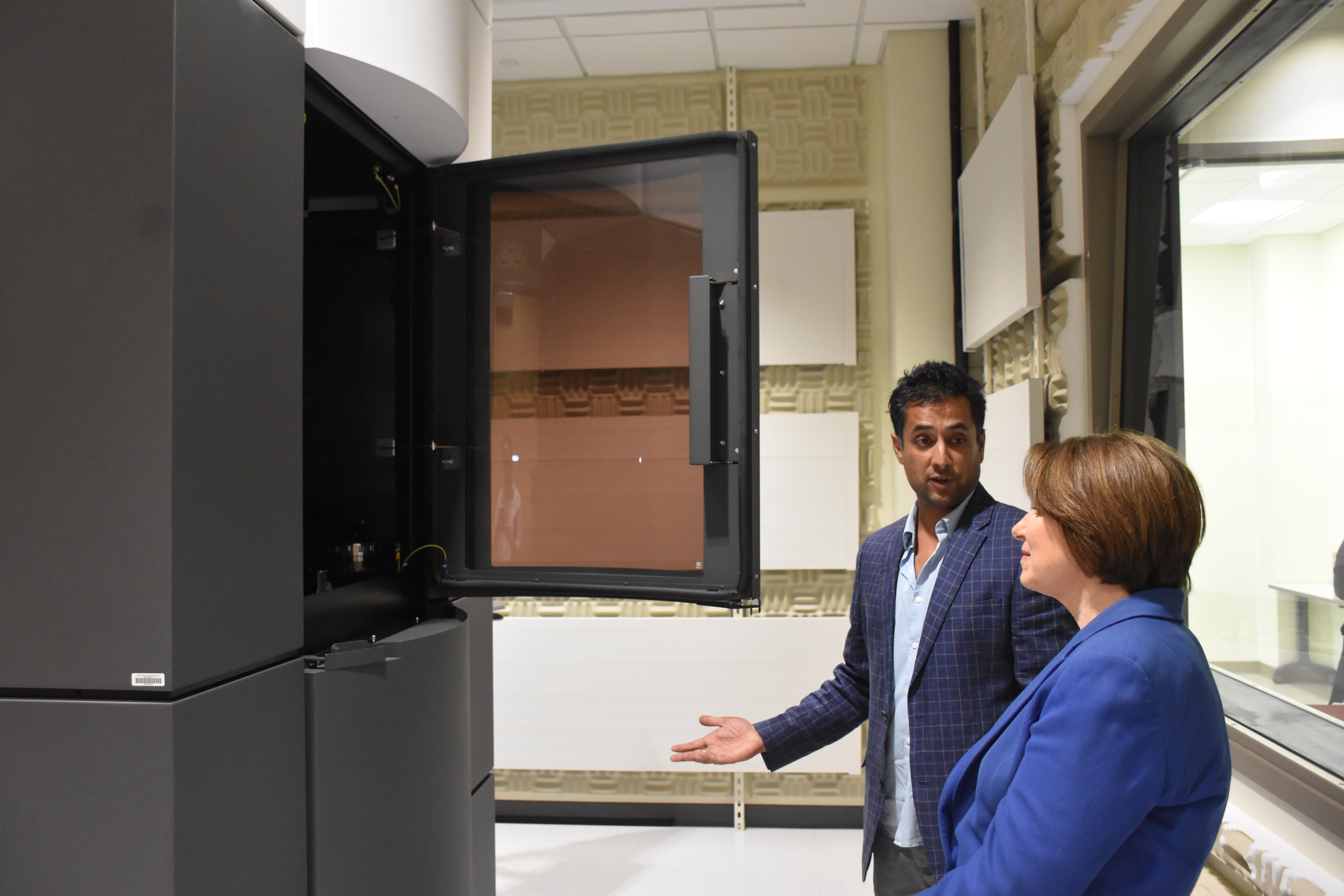Room for the past and future
Published 11:18 am Thursday, August 16, 2012

Dustin Heckman unlocks the Pioneer Building at the Mower County Historical Society, which is now only used as a storage facility for the massive collection of unexhibited artifacts. The building is running out of space and the Historical Society is beginning the process of making room for the future.
Historical Society must make way for the newer
As Dustin Heckman tip-toed behind a stack of chairs, banged his shin on an antique printing press and grimaced, the issue of storage space at the Mower County Historical Society was evident. There isn’t any left.
For that reason, employees and volunteers at the historical society are planning for the task history collectors call “deaccession.” In other words, the collection of artifacts has grown to the point where the society must make room for the future. No specific, future displays are in planning. However, the historical society will inevitably have to make way for ‘60s and ‘70s displays, and beyond.
“What we are looking to do is bring our collection under a manageable control, so that we can continue our collection in the future and have adequate space for items in the future not yet on display,” said Heckman, executive director.
Heckman and Jaimie Timm, the new curator at the Historical Society, snaked their way through the maze of chairs, manikins, boxes and pictures in the Pioneer Building to illustrate just how much the organization has acquired. Even items in other buildings lie hidden, tucked in cupboards and closets, anywhere there is space.
“We’ve been collecting things for the last 65 years,” Heckman said.

The inside of the Historical Society's Pioneer Building is crammed. One section simply contains dozens of old chairs.
The Pioneer Building — the Historical Society’s second largest building — used to be its own display. For the past two and a half years, it has only been a storage shed — wasted potential. Now, Timm has the arduous task of not only sorting through the items, but deciding what should leave the collection.
While the history inside that building is not insignificant, some items simply don’t relate to any of the exhibits. Others are not closely tied to Mower County, beyond repair or just too expensive to fix.
As Heckman announced the organizations deaccession during the Mower County Fair, he was initially met with frustration. Immediate reaction from some was as if the organization was going to sell the items. However, Heckman reassured that most items are going to be carefully placed into other historical societies, museums and collections. Only as a last resort would anything be auctioned.
The deaccession isn’t solely at Timm’s discretion, either. Timm will report items to Heckman, and the Historical Society is planning several public tours in which people can ask questions, express their concerns and learn about the need for deaccession.
“We’re going to be very open and transparent about this,” Heckman said.
The Mower County Historical Society is far from the first to downsize its collection in preparation for future displays, but the scope of its project may be one of the larger ones.
“I don’t think anybody has ever had to do it on this scale,” Heckman said of other county historical societies.
Heckman predicts it could take at least two years to complete the project. Two to three informative, public tours will likely take place this fall.


